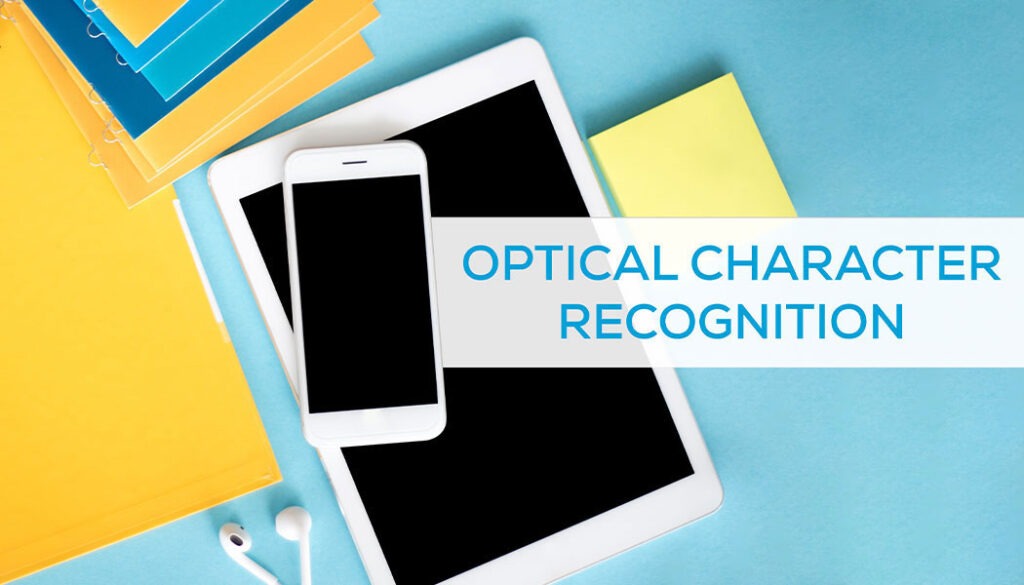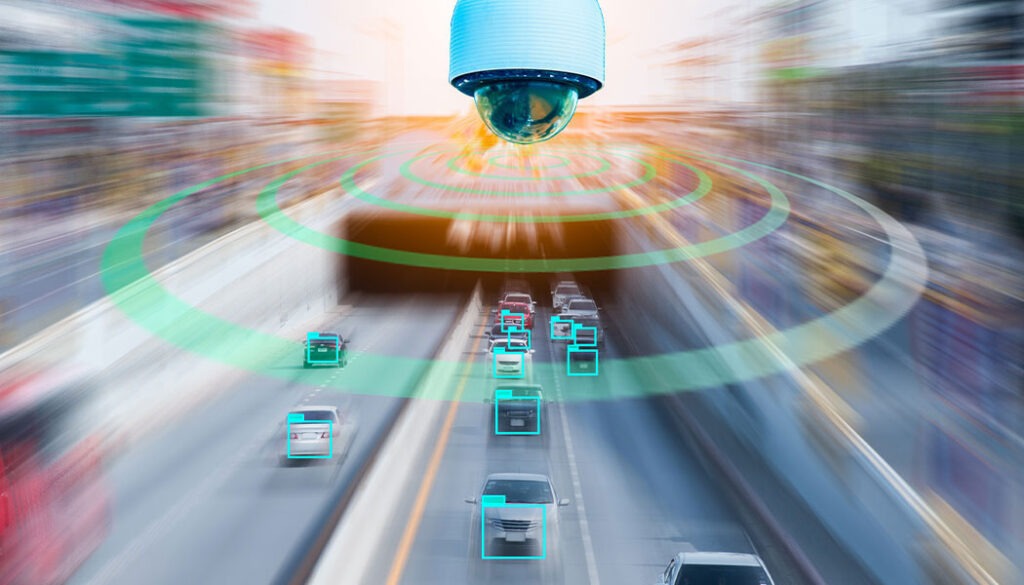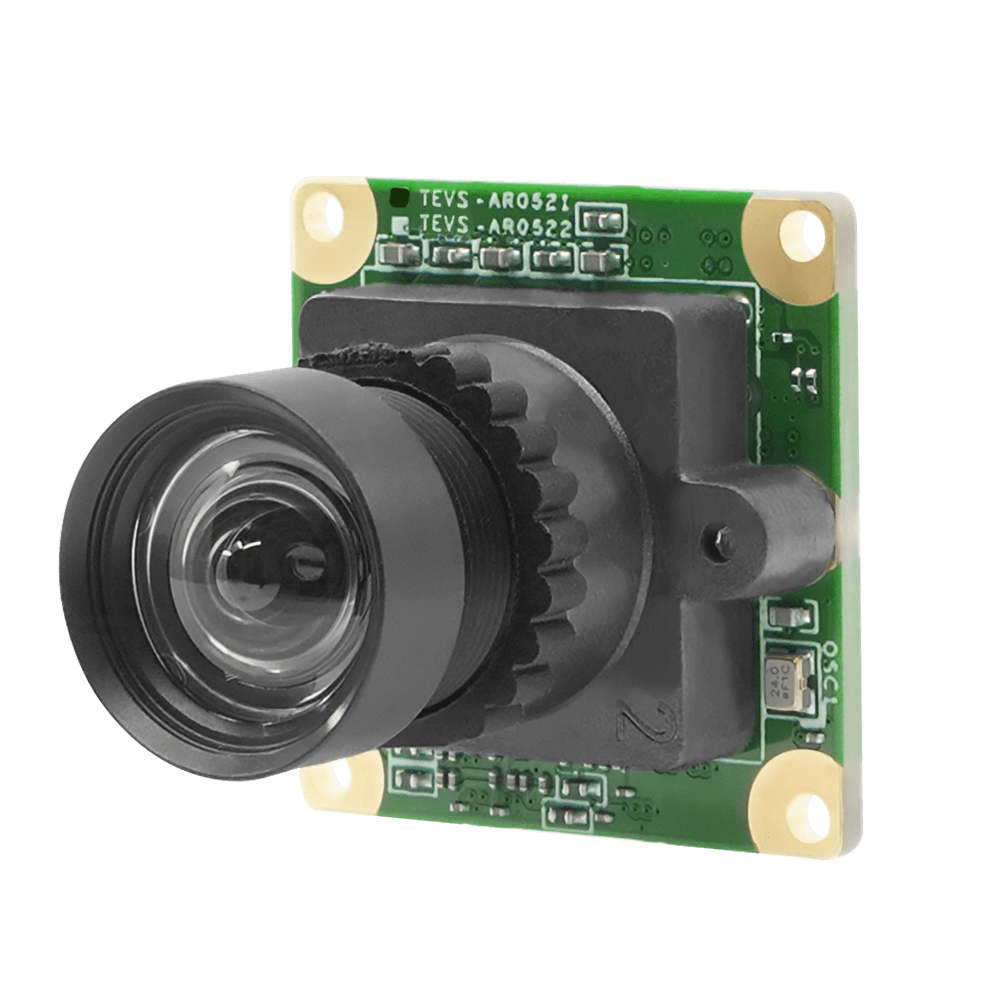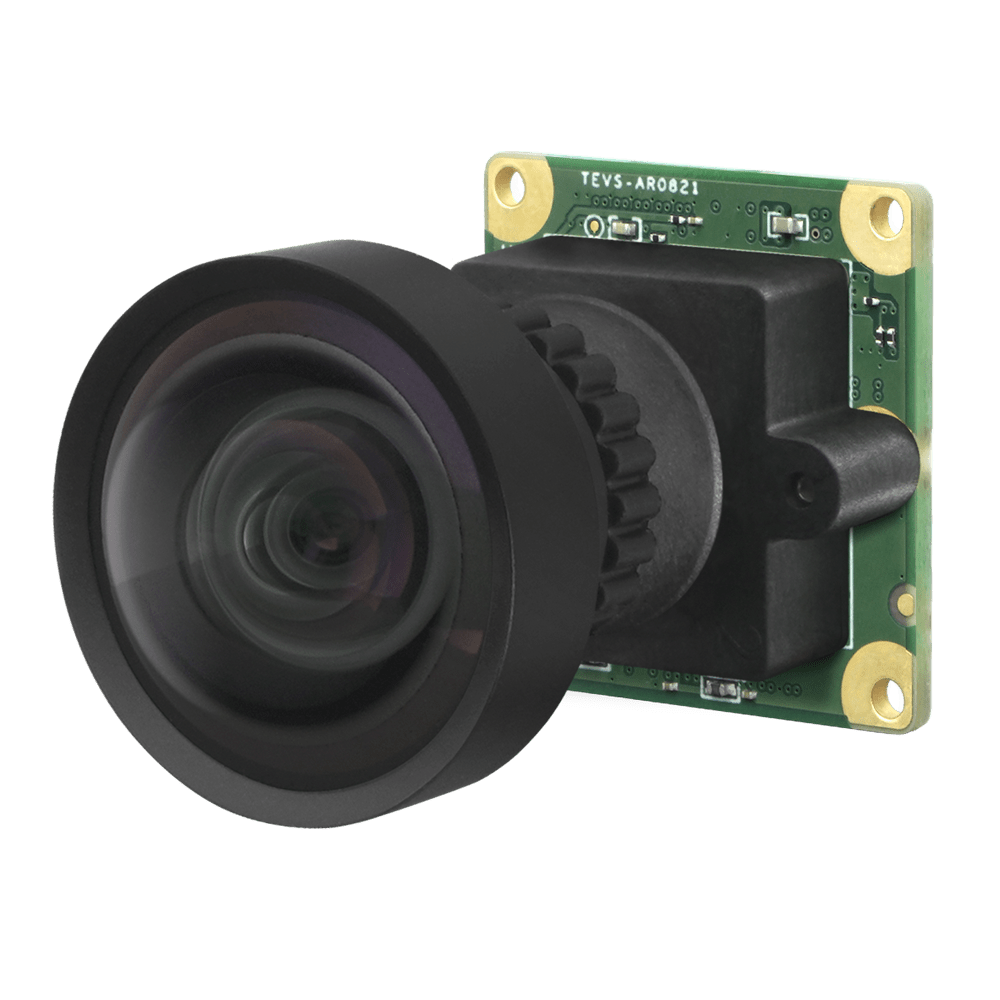Optical Character Recognition (OCR) revolutionizes the way we interact with text and images. This technology translates printed or handwritten text into machine-readable data, enabling seamless integration into digital workflows.
For example, in warehouse inventory tracking, OCR expedites stock management by swiftly extracting product information from packing slips or labels. Another example, by aiding visually impaired individuals, document cameras equipped with OCR software offer real-time text-to-speech conversion, enhancing accessibility. Finally, in law enforcement and toll collection, OCR facilitates swift identification through license plate recognition systems.
Optimal performance across these applications requires the use of high-resolution cameras. Clear, crisp images captured by high-resolution cameras significantly enhance the accuracy of OCR-enabled devices. This ensures reliable text extraction even from complex images or low-light conditions.
This blog post looks at the crucial role played by high-resolution cameras in facilitating OCR applications within embedded vision systems.

Optical Character Recognition
What Are High-resolution Cameras?
The resolution defining “high resolution” remains dynamic, with no specific value. As technology progresses, what high resolution means continues to evolve, adapting to the capabilities of emerging imaging technologies. Nonetheless, within the context of embedded vision, cameras boasting resolutions of 5 megapixels (MP) or above frequently earn recognition as high-resolution cameras.
At the core of high-resolution cameras are sophisticated image sensors, comprising millions of individual photosensitive elements, or pixels, which are densely packed across the sensor surface. These sensors can capture a vast amount of visual information. This capability results in images being captured with high levels of resolution and sharpness.
Benefits of High-resolution Cameras
High-resolution cameras offer a multitude of benefits across various domains:
Image Clarity
High-resolution cameras capture more pixels per inch, resulting in sharper images with finer details. This is particularly valuable in fields such as medical diagnosis, where every detail matters, or in surveillance systems, where identifying individuals or objects accurately is crucial.
Better Zooming Capabilities
With more pixels, high-resolution images can be zoomed in without losing as much detail compared to lower-resolution images. This is advantageous in surveillance, wildlife monitoring, or even medical imaging where close examination of specific areas is necessary.
Better Analysis
High-resolution cameras also facilitate better analysis through AI and ML algorithms. High-quality image data enables these algorithms to extract more nuanced insights. This leads to improved object recognition, scene understanding, and pattern detection across diverse applications.
Example Applications of OCR in Embedded Vision Systems
High-resolution cameras provide the necessary clarity and detail required for accurate text extraction, enabling seamless integration of OCR technology across various domains.
Inventory Tracking
Inventory management is a critical aspect of warehouse operations, and OCR technology significantly enhances tracking processes. Manual inventory tracking methods are labor-intensive and prone to errors. OCR-enabled embedded vision systems streamline these processes by automating the extraction of text from product labels, barcodes, or packing slips.
High-resolution cameras capture clear and detailed images, ensuring accurate text extraction even from small or intricate labels. This automation minimizes human error, improves inventory accuracy, and optimizes stock management processes. Additionally, OCR-enabled systems facilitate real-time inventory tracking, allowing warehouses to maintain up-to-date records and respond swiftly to changing inventory levels.
Document Cameras
Document cameras equipped with OCR capabilities revolutionize the way documents are digitized and processed. In various industries such as finance, healthcare, and education, OCR technology enables the rapid extraction of text from printed or handwritten documents. High-resolution cameras capture detailed images, allowing OCR algorithms to accurately convert text into machine-readable data.
This streamlines document digitization processes, making it easier to archive, search, and retrieve information. Moreover, document cameras with OCR functionality enhance accessibility for visually impaired individuals by providing real-time text-to-speech capabilities. This fosters inclusivity and improves accessibility in educational settings, workplaces, and public spaces.
ANPR (Automatic Number Plate Recognition)
ANPR systems powered by OCR technology have transformed traffic management and law enforcement. Smart traffic cameras equipped with OCR capabilities can capture license plate information from vehicle images in real time. OCR algorithms accurately extract text from license plates, enabling authorities to automate tasks such as identifying stolen vehicles, managing parking violations, and toll collection.
With OCR capabilities in ALPR systems, law enforcement agencies can enhance public safety, reduce congestion, and improve traffic flow. Additionally, OCR technology enables data analysis and pattern recognition, providing valuable insights for urban planning and traffic optimization.

ANPR-enabled Smart Traffic Camera
Package Tracking
In e-commerce, logistics, and airport operations, package tracking is essential for ensuring timely delivery and customer satisfaction. OCR-enabled embedded vision systems play a crucial role in automating package tracking processes. High-resolution cameras capture detailed images of shipping labels or barcodes, allowing OCR algorithms to extract text accurately.
This enables real-time tracking of packages throughout the supply chain, from warehouses to distribution centers and ultimately to the end customer. By providing accurate and up-to-date information on package status and location, OCR-enabled systems enhance operational efficiency, reduce errors, and improve customer service.
Relevance of High-resolution Cameras in OCR
The relevance of high-resolution cameras in OCR stems from several critical factors:
Detail and Precision
High-resolution cameras capture images with more pixels, resulting in finer details and higher image clarity. This level of detail is paramount for OCR systems to accurately recognize and extract text from images.
Fine features of characters, such as serifs or subtle variations in font styles, require precise imaging to be correctly interpreted by OCR algorithms. Without sufficient detail, OCR systems may struggle to accurately recognize characters, leading to errors in text extraction and subsequent data processing.
Minimization of Errors
Inaccuracies in text extraction can have significant consequences, ranging from misinterpretation of information to dysfunctional OCR systems. High-resolution cameras mitigate the risk of errors by providing clear and sharp images, enhancing the OCR system’s ability to accurately interpret text.
With high-resolution imaging, OCR algorithms can distinguish between similar characters more effectively, reducing the likelihood of misreads and improving overall accuracy in text extraction tasks.
Versatility and Adaptability
High-resolution cameras offer versatility in capturing text across a wide range of sizes, formats, and environments. Whether it’s scanning small text on documents, capturing text from labels on packaging, or extracting characters from images in varying lighting conditions, high-resolution cameras provide the flexibility needed to handle diverse OCR applications effectively.
The superior imaging capabilities of high-resolution cameras enable OCR systems to adapt to different contexts and environments, ensuring consistent performance across various use cases.
Enhanced Recognition of Small Text
High-resolution cameras often feature smaller pixels, resulting in higher spatial resolution. This capability allows OCR cameras to capture and recognize small text with greater accuracy.
Whether it’s reading fine print on documents, identifying serial numbers on products, or extracting text from intricate graphics, high-resolution cameras enable OCR systems to handle text of varying sizes and complexities effectively.
Improvement of Overall OCR Performance
Ultimately, high-resolution cameras contribute to the overall performance and efficiency of OCR systems. By providing detailed and precise images, these cameras enhance the reliability and accuracy of text extraction tasks, leading to improved data quality, streamlined workflows, and enhanced productivity.
From being deployed in document scanning and inventory management, to other OCR-enabled applications, high-resolution cameras are indispensable for optimizing OCR performance and achieving reliable results.
Other Key Features Needed in OCR Cameras
In addition to high resolution, OCR cameras require several key features to ensure optimal performance and versatility across various applications:
Low Noise/High Signal-to-Noise Ratio (SNR)
Low noise and a high Signal-to-Noise Ratio (SNR) are essential for capturing clear and crisp images, especially in low-light conditions or environments with high levels of interference. A low-noise image sensor enables OCR cameras to produce high-quality images with minimal distortion or artifacts, enhancing the accuracy of text extraction.
Zoom Capability (Digital or Optical)
Zoom functionality allows OCR cameras to adjust the focal length and magnification of the lens, enabling the capture of text from objects at varying distances or sizes. Whether it’s zooming in on small details or capturing text from distant objects, zoom capability enhances the versatility and adaptability of OCR cameras in different scenarios.
Also read: Optical Zoom vs. Digital Zoom in Embedded Vision Cameras
High Frame Rate
In dynamic environments such as airport baggage systems or conveyor belts, a high frame rate is crucial for capturing fast-moving objects without motion blur. A high frame rate camera ensures smooth and continuous image capture, allowing OCR cameras to accurately capture text from moving objects with precision. Additionally, in scenarios where rolling shutter artifacts may occur, the use of a global shutter camera helps mitigate distortions in the output image, ensuring reliable text extraction.
Color Recognition
For applications where the target objects or letters are colored, such as license plates in some US cities, color recognition capability is essential. OCR cameras equipped with color recognition technology can accurately identify and extract text from colored surfaces, enhancing the versatility and applicability of OCR systems in diverse environments. By recognizing color variations, OCR cameras ensure accurate text extraction from colored backgrounds or objects, contributing to improved performance and reliability.
TechNexion – Cameras for OCR-enabled Vision Systems
TechNexion offers a variety of high-resolution cameras designed for OCR-enabled vision systems. These cameras feature resolutions of 5MP, 8MP, and 13MP, ensuring outstanding clarity and detail essential for precise text extraction. Tailored for embedded vision applications, TechNexion’s cameras deliver consistent performance across diverse environments.
Their advanced features and durable design make them well-suited for integrating OCR technology into industrial and commercial settings. For more information or inquiries, please feel free to contact us.
Related Products
Get a Quote
Fill out the details below and one of our representatives will contact you shortly.



